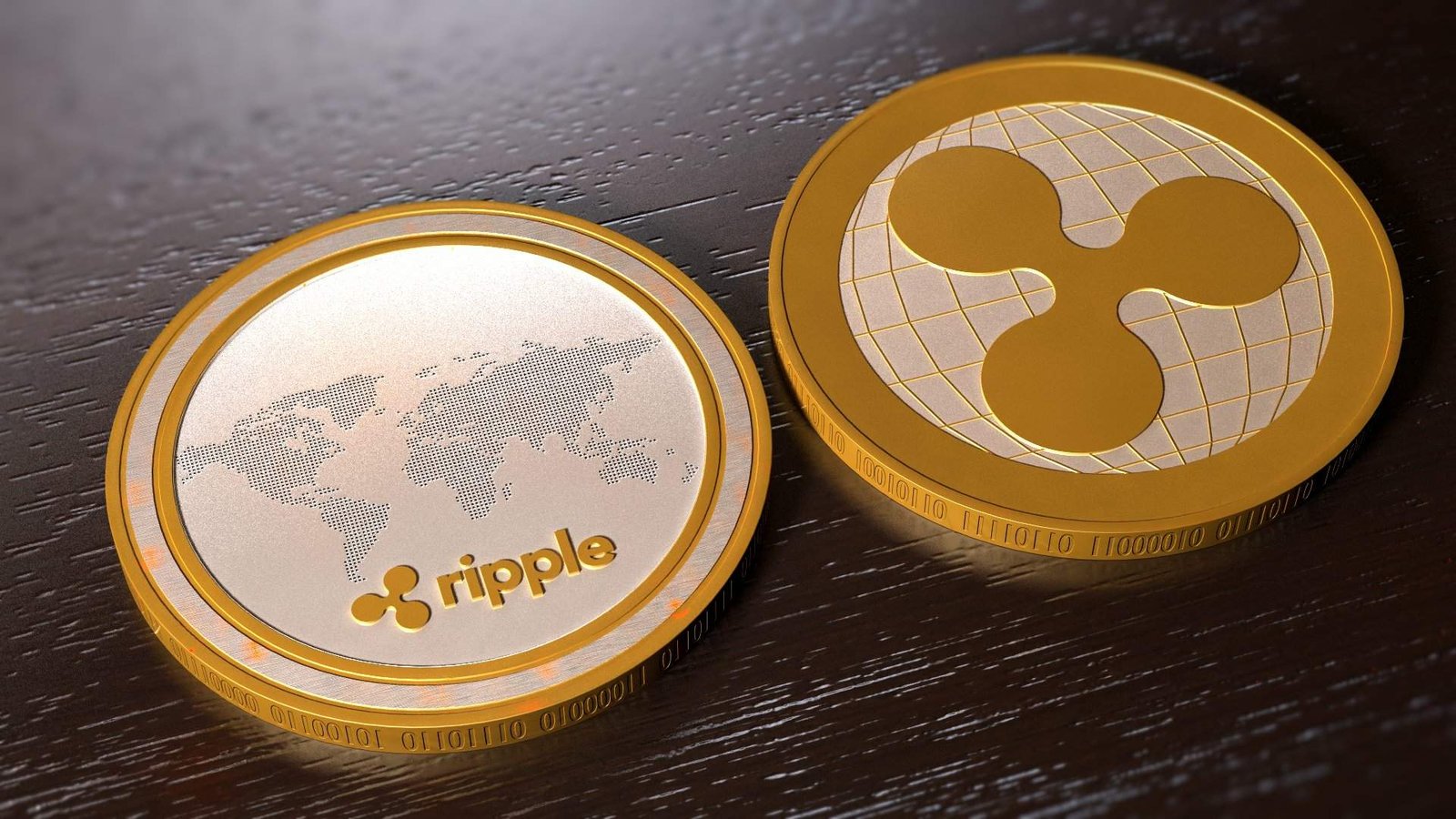Ripple CTO Explains Main Difference Between XRP and Bitcoin

Investors and enthusiasts in the often-changing terrain of cryptocurrencies depend on knowing the differences between digital assets. David Schwartz, the Chief Technology Officer of Ripple, recently offered an analysis of the basic distinctions between the pioneering cryptocurrency Bitcoin (BTC) and the native token of the XRP Ledger. Cryptocurrency Investments, Schwartz’s analysis clarifies the special qualities and uses cases of every asset, therefore guiding a market sometimes full of complexity.
Mechanism and Transaction Verification
XRP and Bitcoin differ most notably in their consensus systems. Using a proof-of-work (PoW) mechanism, Bitcoin uses major computer capability to solve challenging mathematical problems, therefore verifying transactions and network security. Although strong, this technique can be energy-intensive and result in lengthier transaction times—particularly in times of great network congestion.
XRP runs on a consensus system, in which mining is not necessary. Rather, a network of specialised nodes decides which transactions to handle, therefore enabling faster and more energy-efficient validations. XRP’s design lets it manage transactions in seconds, which qualifies more for real-time uses including cross-border payments. “XRP’s consensus model allows for faster transaction finality,” notes Binance, “which enables.”
Supply Dynamics and Distribution
Schwartz also points out another important distinction in the availability and distribution of every bitcoin. There are just 21 million Bitcoins available, and fresh ones are created every 10 minutes. Often compared to digital gold, Bitcoin is positioned under this scarcity model as a “store of value.”

Conversely, XRP was pre-mined with a 100 billion token overall supply. A fraction of these tokens went to Ripple Labs, the XRP Ledger’s creator, to support development and reward network members. This distribution approach has sparked discussions on control and centralization. Though Ripple Labs owns a lot of XRP, the XRP Ledger runs separately; hence, ownership of tokens does not correspond to control over the network.
Use Cases and Target Audience
The proposed use cases for XRP and Bitcoin help to define their positions in the system of cryptocurrencies. Originally meant to be a peer-to-peer electronic cash system, Bitcoin let people make transactions free from middlemen. With many investors keeping BTC as a hedge against inflation and economic uncertainty, it has become over time a store of value.
On the other hand, Ripple Labs developed XRP to facilitate efficient cross-border transactions. The XRP Ledger was created by Ripple Labs to let financial institutions rapidly and with little cost move value. With a solution that lowers transaction times from days to seconds, this emphasis on the banking industry seeks to solve the shortcomings of conventional payment systems. As Investopedia emphasizes, “XRP was designed for cross-border payments but is also popular with many cryptocurrency investors.”
Recent Developments and Market
With altcoins like XRP showing different performances, recent market movements have seen Bitcoin keeping its supremacy. With just 13 of the top 100 cryptocurrencies outperforming Bitcoin this year, a February 13, 2025 MarketWatch article explores how Bitcoin’s market dominance remains abnormally high.
This development has been driven in part by factors including the introduction of Bitcoin ETFs in the United States and their unique usage as a possible store of value. Clearer regulations and more general signs like active addresses, transaction volume, and social media interaction may help altcoins like XRP find resurrection.
Summary
Although both XRP and Bitcoin are well-known cryptocurrencies, their design, goal, and working systems are quite different. Attractive to individuals looking for a substitute for conventional assets, bitcoin provides a distributed store of value. Ripple’s RLUSD Stablecoin, Targeting financial institutions and payment providers, XRP offers a solution specifically for quick, reasonably priced cross-border transactions. Stakeholders negotiating the dynamic world of digital assets must understand these differences.
[sp_easyaccordion id=”5875″]
